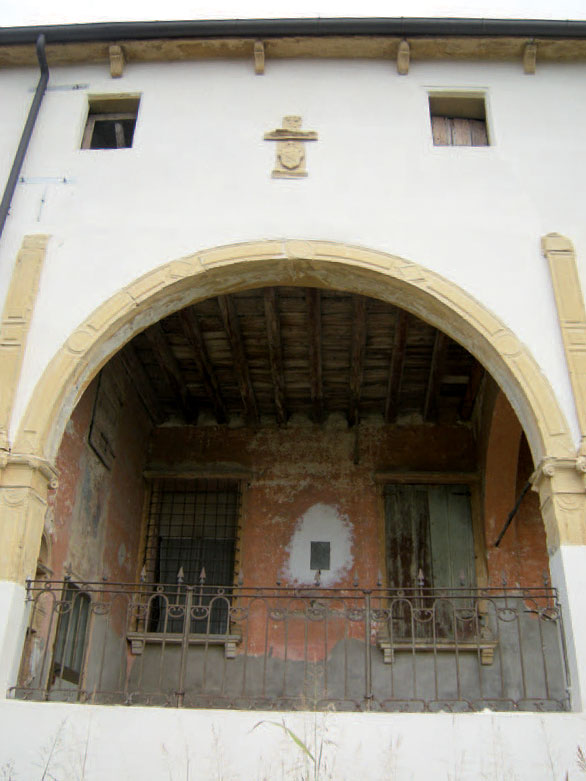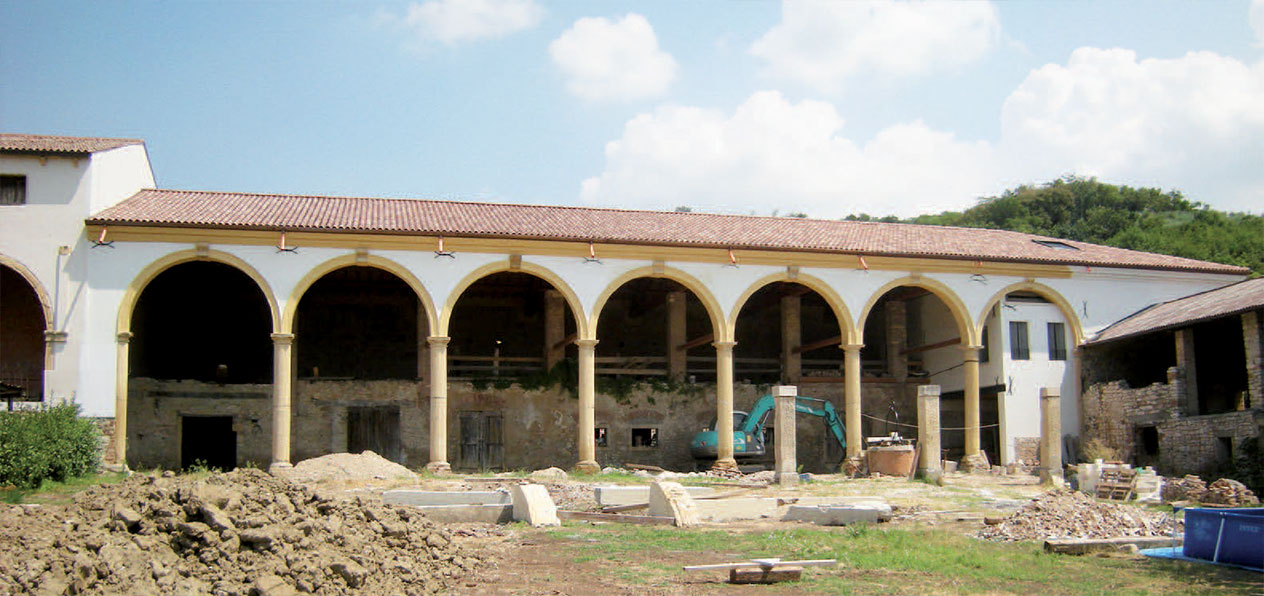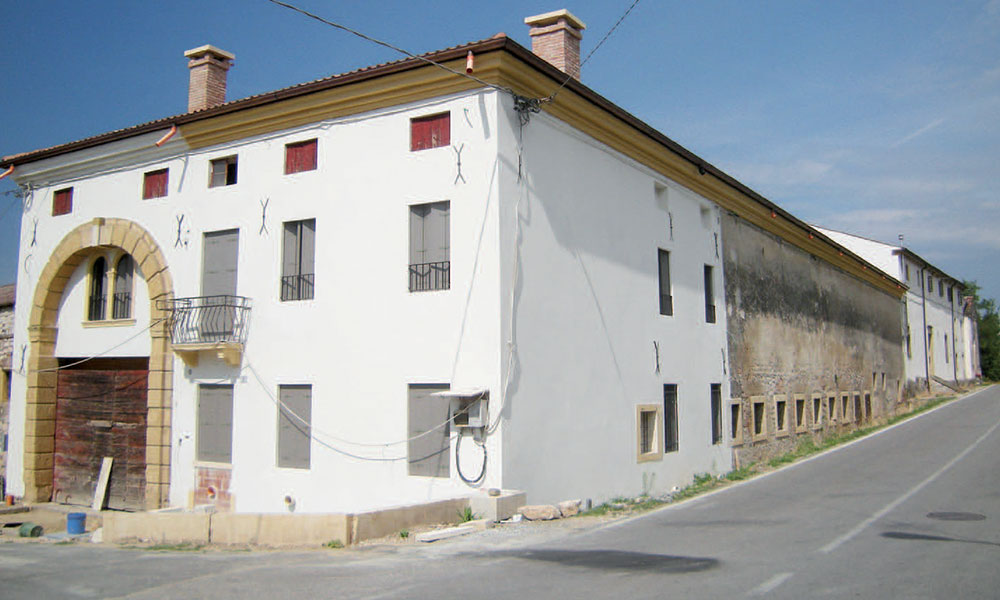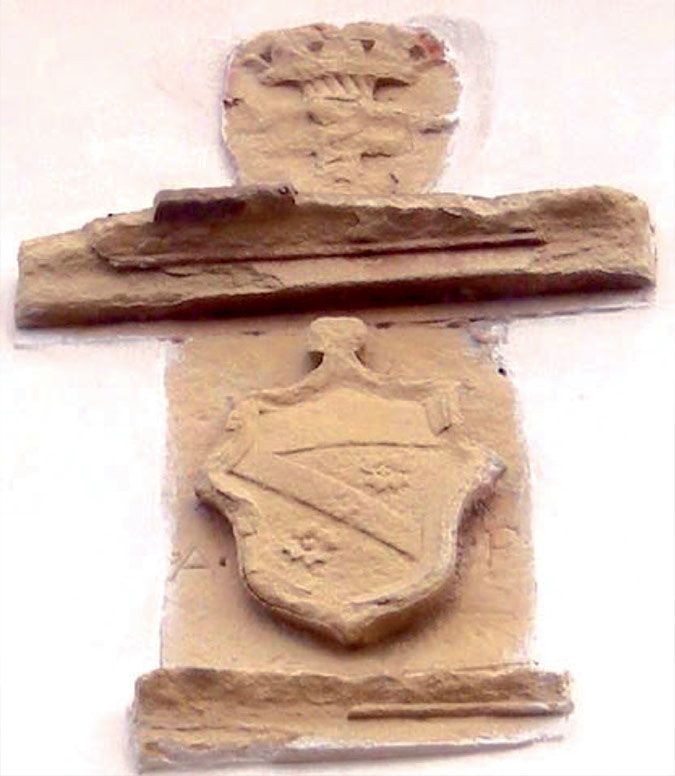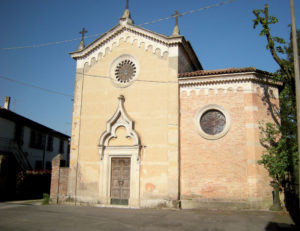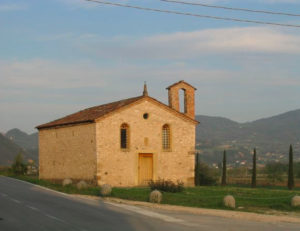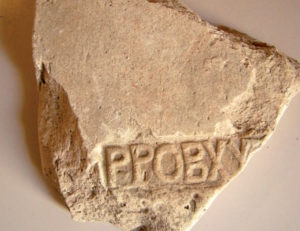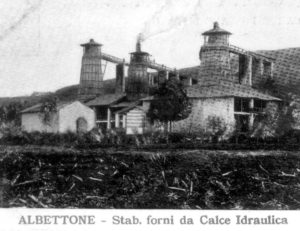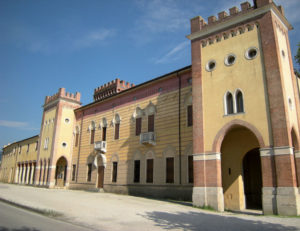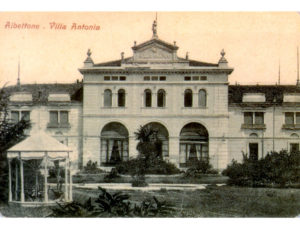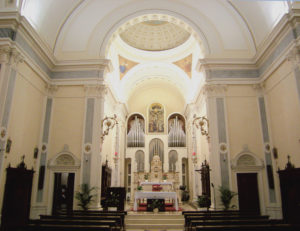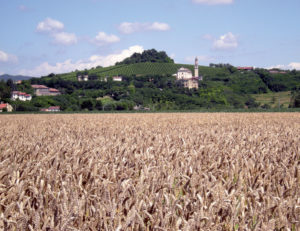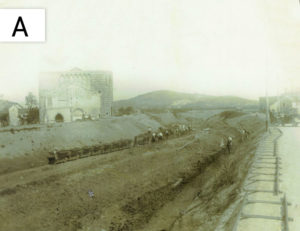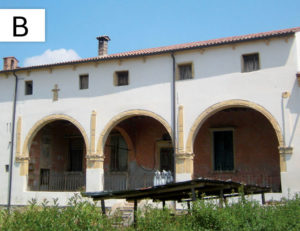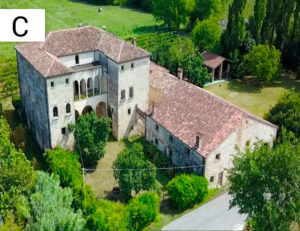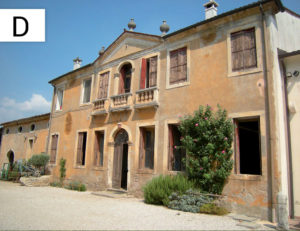Villa Pigafetta, Valmarana, Masiero – Ceretta
The villa, datable to the end of the XV century, built by the noble Pigafetta family, was completed by adding the sixteenth-century barchessa and by the small church of the Holy Trinity.
The Pigafetta family, one of the oldest and most aristocratic in Vicenza, arrived from Florence around the 11th century. The Florentine origins of the Pigafettas are confirmed by one of the best-known members of the family: Filippo Pigafetta. In his words “the gentiles of this Patria (Florence) draws the origin of their Pigafetti, my predecessors, first known as the Rose, because in our shield, and the insignia we carry three red roses; and gave the name to the Via della Rosa in Florence, where they owned their houses. Hence already perhaps 400 years, siding with great Guelphs, they went into exile, sheltering in the nobility of Vicenza.”
Forced into exile, the Pigafettas arrived in Vicenza. After they had acquired many lands in Lovertino from the Municipality of Vicenza in 1231, during the fourteenth and fifteenth centuries they consolidated their land heritage by extending their possessions also to Albettone and other municipalities of the lower Vicenza area. A branch of this family, namely the lineage of Antonio Pigafetta, in the figure of one of the three sons, Domizio, inherited all the properties of Lovertino in May 1436 and kept the villa for at least two centuries.
In 1654 Euriema Pigafetta, married to Giovanni Malaspina, took over the possession of the villa, which at the time was composed of the dominical body and the barchessa with the dovecote tower. The complex then passed to the Valmarana. During the twentieth century, the main body was bought by the Masiero family, while the barchessa was taken over by the Ceretta family. The latter has recently become the property of the Formaggio family which has recovered them with a remarkable restoration intervention.
The church dedicated to the Holy Trinity is adjacent to the villa on the side facing street Via Ca ’Marchesa. The Malaspina counts once owned it. Il Maccà reports that the following inscription was carved in stone on its facade: “Euriema co. D. Valmarana m. Malaspina fecit anno 1673.”
Photo of the coat of arms on page 293 and photo of the barchessa being restored on page 294





